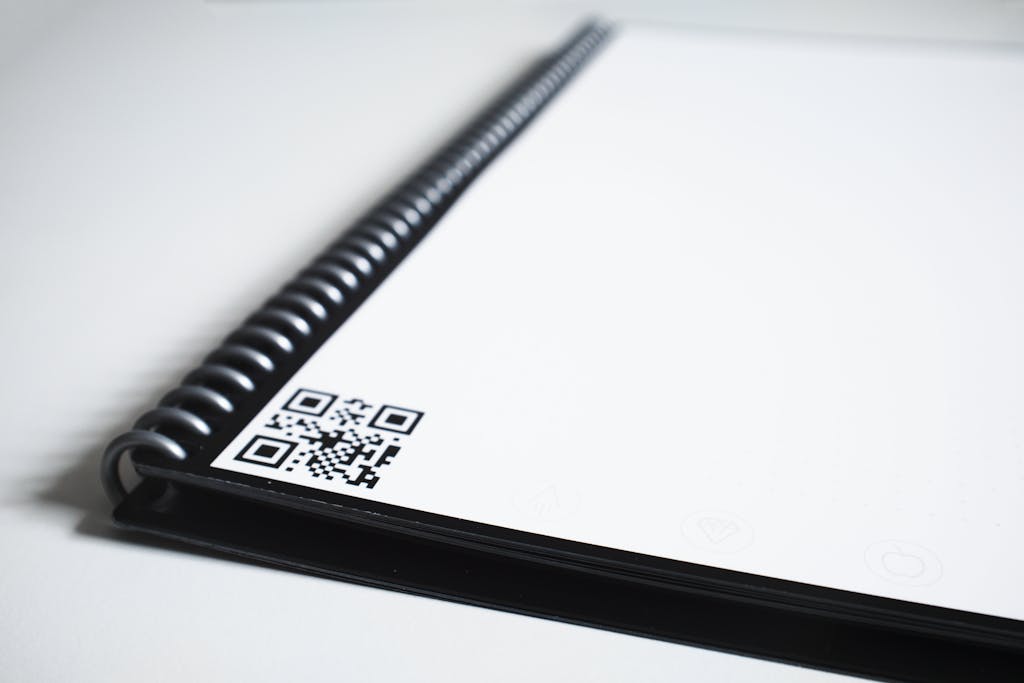How to Optimize Your QR Codes for Fast and Efficient Scanning

Have you ever wondered why some QR codes scan faster than others? In a world where immediacy is key, optimizing QR codes for quick scans can make the difference between a smooth experience and a frustrating one. This article is designed to guide you through the best practices to ensure your QR codes are efficient and effective.
What is a QR Code?
Before diving into how to optimize QR codes for quick scans, it is important to understand what they are. A QR code (Quick Response) is a type of two-dimensional barcode that can store information such as URLs, text, or contact data. They are widely used due to their ability to be scanned quickly with a smartphone camera.
Importance of Optimization
The speed at which a QR code is scanned can significantly affect the user experience. A code that takes too long to read can lead to frustration and ultimately loss of interest. Therefore, knowing how to optimize QR codes for quick scans is crucial for any business or individual looking to use this technology effectively.
1. Proper Code Size
A common mistake is creating QR codes that are too small. To ensure that the code is easily detectable by the phone's camera, it should have a minimum size of 2 x 2 cm. However, if you plan to print it on posters or banners, consider increasing the size proportionally.
2. Contrast and Color
Contrast plays a vital role in the readability of the QR code. Make sure there is a strong contrast between the background and the color of the code. Black on white is the standard because it offers the best contrast, but you can experiment with other colors as long as you maintain this principle.
Tip: Avoid using light colors or colors that are similar to each other, as they can make scanning difficult.
3. Print Quality
Print quality also directly affects how to optimize QR codes for quick scans. Use high-resolution printers to avoid losing or distorting fine details. Additionally, ensure that there are no smudges or blurs on the printed code.
4. Sufficient White Space
Leave enough white space around the QR code. This helps the reader easily identify the edges of the code and improves scanning speed. A general rule is to leave at least 4 mm of margin around the code.
5. Testing Before Launch
Before launching your campaign or product with QR codes, conduct thorough testing with different devices and reading applications. This will allow you to identify potential issues and correct them before they reach your end users.
Underlying Technology: How Does It Work?
QR codes work by encoding data in a square pattern that can be read by a digital camera and processed by specialized software. When you optimize your QR codes for quick scans, you are facilitating this process for the optical reader.
6. Use Short URLs
If you are using a QR code to direct users to a webpage, consider using a short URL. Long URLs require more data and make the design of the code more complex, which can slow down the scanning time.
7. Constant Updates
With the constant evolution of mobile technologies and reading applications, it is essential to stay updated on best practices for optimizing QR codes for quick scans. Regularly review your strategies and adjust as necessary.
Additional Benefits
Optimizing your QR codes not only improves scanning speed but also increases user satisfaction and can enhance conversion rates in advertising or promotional campaigns.
QR codes are powerful tools when used correctly. By following these tips on how to optimize QR codes for quick scans, you can ensure a positive experience for your users and maximize the impact of your digital content.
Always remember to test your codes before launching them to the public and stay alert to new technological trends that may influence their effectiveness. With this knowledge, you will be well-equipped to make the most of this versatile technological tool.
Leave a Reply